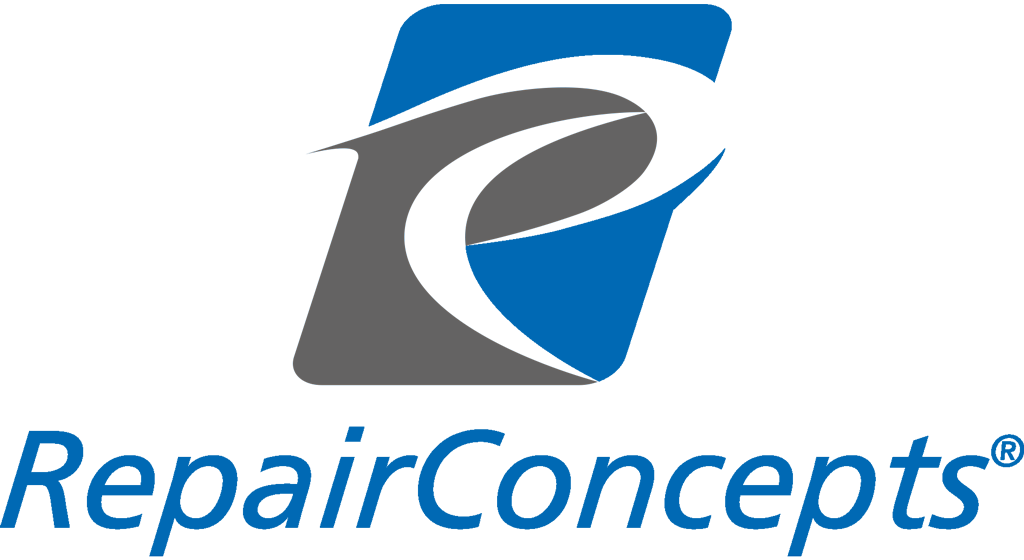Beyond the Wish List: Turning Your Software Requirements into a Strategic Advantage
The common perception of requirements in a software project context often revolves around viewing them as a necessary step to kick off a project. Many stakeholders may see requirements as a means to an end, a set of specifications that must be documented and fulfilled to move forward with development. This perception tends to focus on the short-term goals of completing a project on time and within budget.
That’s why sometimes they’re perceived as the mere customer wish list.
However, requirements play a crucial role beyond just being a project necessity; they can serve as a foundation for long-term success.

Software Requirements
In general, software requirements are detailed descriptions of the functionality, features, constraints, and characteristics that a software system must possess to meet the needs and expectations of its users and stakeholders. These requirements serve as a foundation for the design, development, testing, and maintenance of the desired software. They are typically documented and communicated to ensure a common understanding among all parties involved in the software development process. There are two main types of software requirements:
- Functional Requirements:
These specify the functions, features, and capabilities that the software must deliver. Functional requirements describe what the software should do in terms of input, processing, and output. They are often detailed and specific, outlining the interactions and behaviors expected from the software system.
- Non-Functional Requirements:
These define the qualities or characteristics that the software must have, but they do not relate directly to specific behaviors or functions. Non-functional requirements address aspects such as users, performance, security, usability, reliability, maintainability, and scalability. They provide criteria for evaluating the overall quality and performance of the software.
Strategic Advantages
Clear and comprehensive requirements offer strategic advantages that extend beyond the immediate project timeline. These advantages contribute to the overall success of an initiative and can have long-term benefits for organizations, such as:
1. Stakeholder Alignment:
Clear requirements facilitate a shared understanding among stakeholders. This alignment ensures that the project team and key stakeholders are on the same page regarding the project’s objectives, scope, and expected outcomes. Over the long term, this alignment supports a harmonious working relationship and helps prevent misunderstandings.
2. Risk Mitigation and Cost Savings:
Well-defined requirements enable early identification and mitigation of risks. By addressing potential issues at the outset, organizations can avoid costly rework and delays later in the project. This proactive risk management contributes to cost savings over the long term.
3. Change Management Effectiveness:
Clear requirements provide a baseline against which proposed changes can be evaluated. This is crucial for effective change management. Organizations with clear requirements can implement changes more efficiently, controlling scope creep and minimizing the negative impact on project timelines and budgets.
4. Quality Assurance and Customer Satisfaction:
Comprehensive requirements serve as a basis for quality assurance activities. They provide a clear set of criteria against which the final product or service can be assessed. This focus on quality not only enhances customer satisfaction in the short term but also contributes to a positive reputation and customer loyalty over time.
5. Adaptability to Evolving Business Needs:
Clear requirements support adaptability to changing business needs. As organizations evolve, having a documented understanding of project requirements makes it easier to modify and extend systems, ensuring that the technology infrastructure remains aligned with the changing demands of the business environment.
6. Knowledge Retention and Succession Planning:
Well-documented requirements contribute to knowledge retention within an organization. As team members change or move on, having clear documentation aids in transferring knowledge to new team members. This is particularly important for succession planning and maintaining continuity in project and organizational knowledge.
7. Regulatory Compliance:
In industries with strict regulatory requirements, having clear and comprehensive documentation is often a legal necessity. Meeting regulatory standards not only ensures short-term compliance but also helps in avoiding legal issues and fines over the long term.
8. Facilitation of Continuous Improvement:
Clear requirements provide a basis for evaluating project success and identifying areas for improvement. Lessons learned from one project can inform the requirements gathering and management process for future initiatives, leading to continuous improvement in project delivery.
9. Enhanced Communication and Collaboration:
Comprehensive requirements facilitate effective communication and collaboration among project team members and stakeholders. This enhanced communication fosters a culture of collaboration within the organization, contributing to a positive working environment and improving overall productivity.
10. Reduced Maintenance Costs:
A clear understanding of requirements reduces the likelihood of errors and omissions. This, in turn, lowers the long-term costs associated with maintaining and supporting systems. Maintenance efforts are more efficient when teams have a thorough understanding of the system’s design and functionality.
How to achieve that?
You are probably thinking – great, I understand that well-written requirements can get me places. But how to make sure my requirements can be defined as well-written and clear? Here are some ideas from us:
- Unambiguous Language: Ambiguous or vague terms can lead to misunderstandings and misinterpretations, causing issues during the development and testing phases. Ensure that each requirement is expressed in a way that leaves no room for multiple interpretations. Don’t write “scale to more users” when you can write “scale to 120 users”.
- Measurable and Testable Criteria: Effective software requirements should include measurable and testable criteria. Each requirement should specify how it can be validated and tested to ensure that it has been successfully implemented. This not only aids in quality assurance but also provides a basis for acceptance testing and ongoing verification of system functionality.
- Complete and Comprehensive Coverage: Comprehensive requirements cover all aspects of the software, including functional and non-functional aspects. Make sure that your requirements capture the full scope of the system, considering user interactions, system behaviors, performance, security, and other relevant factors. Incomplete requirements can lead to gaps in the final product.
- Stakeholder Involvement and Validation: Involve stakeholders, including end-users, throughout the requirement preparation and validation processes. This ensures that the requirements reflect the needs and expectations of the actual users. Regular validation sessions with stakeholders help identify discrepancies early in the development process, reducing the likelihood of costly changes later on and increasing the likelihood of long-term success.
- Ongoing Collaboration and Communication: Foster a feedback-driven process. Regularly review and provide feedback on the software agency’s understanding of the requirements. This iterative approach ensures ongoing alignment. On top of that, promote a collaborative partnership rather than a transactional relationship. Actively participate in discussions and seek the agency’s input, fostering a sense of shared responsibility for project success.
Lessons learned
Now we’ve established what are software requirements, how to recognize if your requirements are well-written and how they can give you a strategic advantage. You know how software requirements are not merely a checklist to kickstart a project. So, the next time you find yourself in the midst of requirement gathering and documentation, consider it not just a phase but a strategic investment. Here’s to turning your software requirements into an advantage, and may your future projects thrive on the solid foundation you’ve built.
Interested in maximizing efficiency and measuring success in your software projects?
Check our Guidebook to Measuring Software Delivery Performance, where we show metrics, tips & tricks to help you navigate your software projects
Download here

